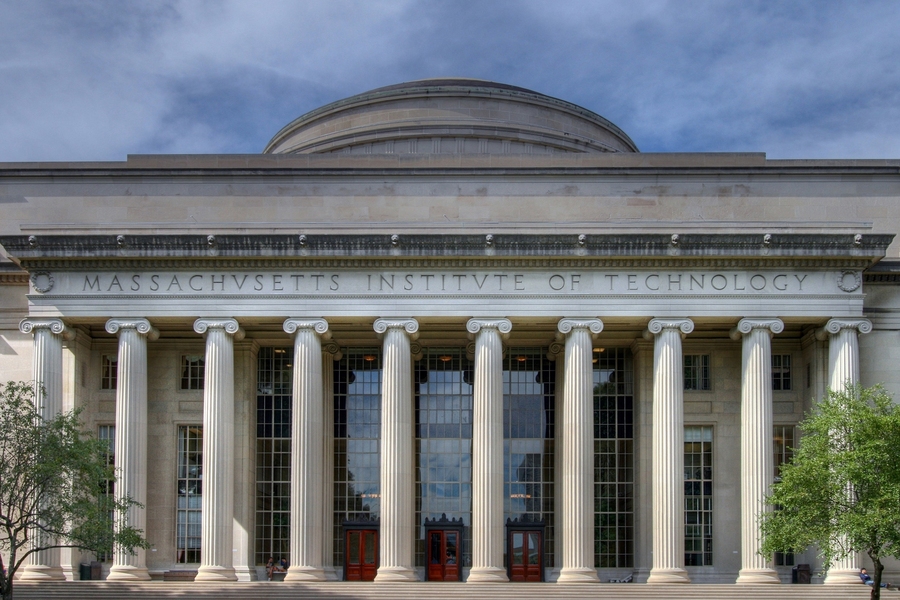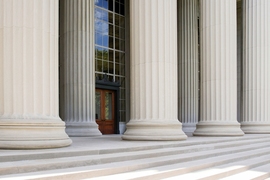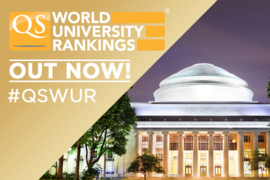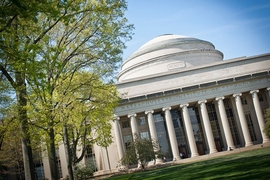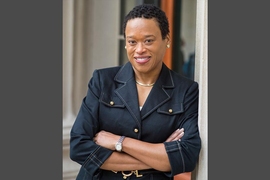The Times Higher Education World University Rankings has named MIT the No. 1 university worldwide for social sciences for 2015-2016. The subjects covered in the ranking include economics, political science, anthropology, urban planning, communication, and business, among others.
"MIT's faculty members in the social sciences have long distinguished themselves through their bold ideas, rigorous thinking, leadership in their disciplines and impact on the world,” said MIT President L. Rafael Reif. “This new ranking also highlights their global outlook — a vital way that MIT brings knowledge to bear on the world's great challenges. I am delighted and extremely proud that their superb individual and collective work has earned them this worldwide recognition."
Times Higher Education World University Rankings is an annual publication by Times Higher Education, a leading British education magazine. This acknowledgement of MIT’s global role in social sciences follows several other recent recognition for the Institute: Times Higher Education placed MIT among the three top universities for arts and humanities and among the top five universities overall. Meanwhile QS World University Rankings placed MIT as the world’s top university for architecture, economics, and linguistics; among the top four universities for art and design; and the No. 1 university overall.
MIT’s social science fields span three schools
Research and teaching in the social sciences at MIT span the School of Humanities, Arts, and Social Sciences (MIT SHASS); the School of Architecture and Planning (SA+P); and the Sloan School of Management (MIT Sloan). The primary social science fields in each school include: economics, political science, anthropology, international studies, women’s studies, and regional and ethnic studies in MIT SHASS; urban planning in SA+P; and business and psychology in MIT Sloan.
These outstanding programs are complemented by many social science centers and labs based in MIT SHASS, among them: the Center for International Studies; the Abdul Latif Jameel Poverty Action Lab; the MIT Governance Lab; the Global Health and Medical Humanities Initiative; the School Effectiveness and Inequality Initiative; the International Policy Lab; the Security Studies Program; and the MIT International Science and Technology Initiatives (MISTI), MIT’s flagship program for applied international education.
Research to solve global issues; education to develop citizens and leaders
“Since the early 20th century, the social sciences have been an integral part of MIT’s educational mission, and that contribution continues to grow and deepen,” said Melissa Nobles, the Kenan Sahin Dean of MIT SHASS. “I am delighted that our social science departments and programs are being recognized for their first-rate research and capacity to address a broad spectrum of global issues, including health, education, environment, justice, and economic equity.”
“MIT’s social scientists are also superb, dedicated teachers. In their classes, our students learn about politics, economics, and culture, and how these human realities fundamentally shape the contexts in which scientific and technological innovation takes place,” Nobles continued. “One of our primary goals in the social sciences at MIT is to guide students as they develop as engaged, thoughtful citizens and leaders who are prepared to serve the world wisely and well."
At MIT, every undergraduate student takes classes that fall under the Times Higher Education ranking’s category of social sciences. As part of the Institute's core General Institute Requirements, all undergraduates, regardless of their major field, take at least eight classes in the humanities, arts, and social sciences (HASS), as well as concentrating in one HASS area.
"This ranking reflects what urban planners have always known: You cannot solve complex problems in today’s world without flexible thinkers who are able to make connections across disciplines," said Eran Ben-Joseph, head of the Department of Urban Studies and Planning. "This is certainly true for thinking about cities, which sit at the intersection of transportation, health, energy, design, economics, policy, and other disciplines. But we also see a broader movement in many fields, including engineering and science, towards more integrative, boundary-spanning work. If we want our students to understand and shape a better world, we need to include the whole picture."
Ranking methodology
Times Higher Education's methodology uses 13 performance indicators, calibrated specifically for each subject, to “judge research-intensive universities across all their core missions: teaching, research, knowledge transfer and international outlook.” To gauge a university’s reputation for teaching and for research, Times Higher Education used responses to its most recent Academic Reputation Survey, which was carried out from November 2014 to January 2015 and received a total of 10,507 responses from 142 countries.
To measure research quality, in addition to its Academic Reputation Survey, Times Higher Education weighs the income of research faculty and staff as well as productivity — the number of papers per scholar published in quality, peer-reviewed journals. To measure the influence of an institution “in spreading new knowledge and ideas,” Times Higher Education uses data on the number of times scholars worldwide have cited its publications, normalizing for how many citations would be expected for a subject area and topic.
Times Higher Education’s ranking also takes into account what it calls “international outlook” — the degree to which a university attracts and represents global talent and perspectives. Indicators for this field include the ratio of international to domestic students; international to domestic staff; and international collaboration.
To capture the knowledge transfer between universities and industry, Times Higher Education weighs the research income an institution earned from industry given the number of staff it employs. “The category suggests the extent to which businesses are willing to pay for research and a university’s ability to attract funding in the commercial marketplace — useful indicators of institutional quality,” Times Higher Education states.
Times Higher Education has been ranking world-class universities since 2004. In its 2015-2016 report, the magazine ranked MIT the top university worldwide for engineering and technology. Subject rankings, such as the one for social sciences, use the same performance indicators as the overall World University Rankings but recalibrate them with different weightings appropriate for each field.
